In accounting, the “using up” of a fixed asset is also referred to as depreciation. For example, a delivery truck can only go so many miles before it is worn out, or used up. Physical factors like age and weather also contribute to the depreciation of assets. The process of allocating a fixed asset’s cost to expense over its useful life is referred to as depreciation. Depreciation matches an asset’s expense against the revenue generated from using the asset, thereby adhering to the matching principle. Depreciation is the allocation of purchase costs over an asset’s useful life.
Property
This method results in greater depreciation in the earlier years of an asset’s useful life and less in the later years. The allocation of the cost of a plant asset to expense in an accelerated manner. This means that the amount of depreciation in the earlier years of an asset’s life is greater than the straight-line amount, but will be less in the later years.
Declining Balance Depreciation Method
This process matches depreciation expense with the revenue generated using the asset, which keeps your financial statements accurate and reflects the asset’s true value. On your balance sheet, accumulated depreciation appears as a contra-asset account. Asset accounts are increased using a debit entry, while contra-asset accounts are increased by posting a credit entry. Accumulated depreciation offsets the asset’s original cost to show its true value. The units of production method ties an asset’s depreciation expense to its actual usage, making it particularly relevant for industries where output is measurable, such as manufacturing or mining. This method reflects the asset’s wear and tear more accurately than time-based methods.
- If a company’s stock is publicly traded, earnings per share must appear on the face of the income statement.
- All of our content is based on objective analysis, and the opinions are our own.
- Depreciation for financial reporting purposes does not consider current-law income tax effects, but generally represents what it would cost to replace the asset at today’s prices.
- Indian businesses can use depreciation to minimize their taxable income and reduce their total tax burden.
- Our Goods & Services Tax course includes tutorial videos, guides and expert assistance to help you in mastering Goods and Services Tax.
Would you prefer to work with a financial professional remotely or in-person?
However, the fact that tax payments are being deferred until later years benefits the firm as it is able to earn interest on the money saved in the early years. These differences tend to lessen in the middle years of the asset’s life and again increase in the last years of the asset’s life. Insights on business strategy and culture, right to depreciation method your inbox.Part of the business.com network. Depreciation charge declines by a constant amount as the life of the asset progresses. Learn more about the benefits of claiming depreciation and depreciation examples with frequently asked questions about depreciation. Salvage value is the amount you expect to be able to obtain for the asset at the end of its usable life.
Selling a Depreciable Asset
Instead, the cost is placed as an asset onto the balance sheet and that value is steadily reduced over the useful life of the asset. This happens because of the matching principle from GAAP, which says expenses are recorded in the same accounting period as the revenue that is earned as a result of those expenses. The units of production method assigns an equal expense rate to each unit produced. It’s most useful where an asset’s value lies in the number of units it produces or in how much it’s used, rather than in its lifespan.
Using depreciation to plan for future business expenses
Therefore, a reasonable assumption is that the loss in the value of a fixed asset in a period is the worth of the service provided by that asset over that period. A depreciation schedule is essential for large organizations with extensive asset portfolios. It consolidates asset data, facilitates compliance with international accounting standards, and provides transparency to stakeholders. For example, if you buy equipment for $50,000, expect it to last 10 years and estimate a $5,000 salvage value. The deduction would come out to $4,500 each year for 10 years as depreciation expense.
- As a consequence, the balance in the accumulated depreciation account at the end of the fifth year is also $36,000 in all cases.
- A significant change in the estimated salvage value or estimated useful life will be reported in the current and remaining accounting years of the asset’s useful life.
- Are you in the know on the latest business trends, tips, strategies, and tax implications?
- It’s common for businesses to use different methods of depreciation for accounting records and tax purposes.
- The composite method is applied to a collection of assets that are not similar and have different service lives.
- The table below shows the depreciation expense for all five years of the asset’s life.
- However, one can see that the amount of expense to charge is a function of the assumptions made about both the asset’s lifetime and what it might be worth at the end of that lifetime.
Ask Any Financial Question
Industries like manufacturing, mining, and transportation often use this approach to track the value of an asset more accurately. Accumulated depreciation and depreciation expense both track how fixed assets lose value, but they serve different tax purposes. Depreciation expense is the amount you deduct for an asset in a single accounting period. Accumulated depreciation is the total depreciation recorded since the asset was purchased.

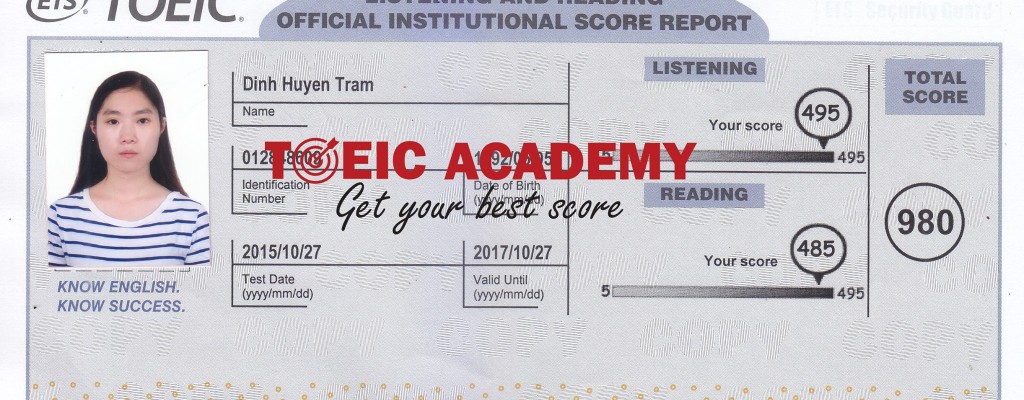
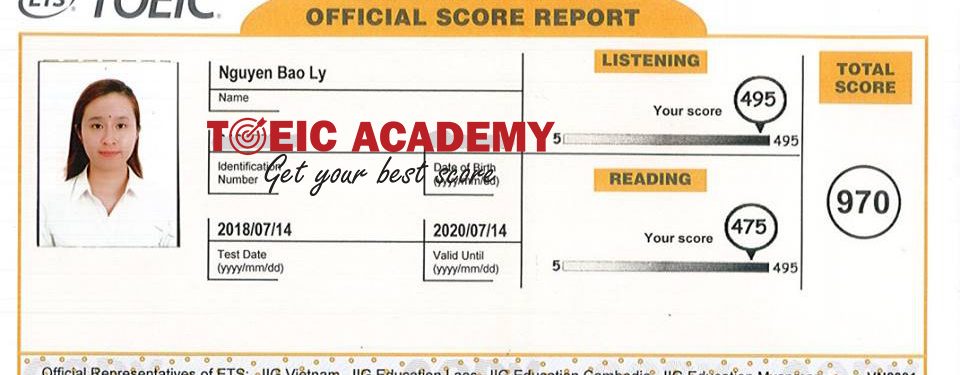

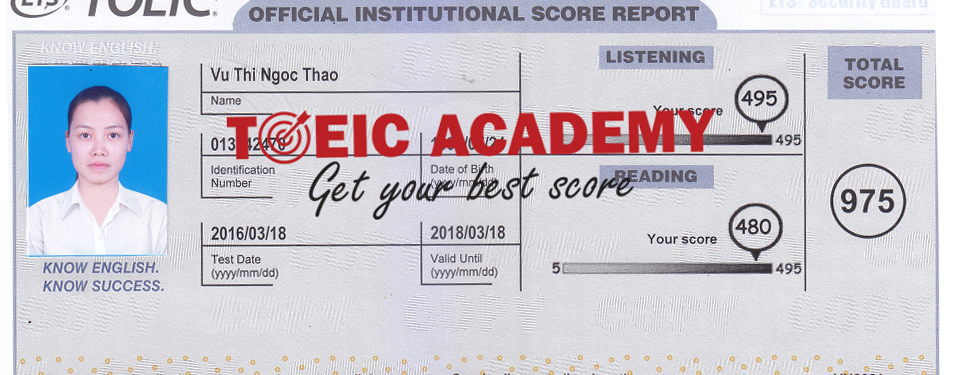
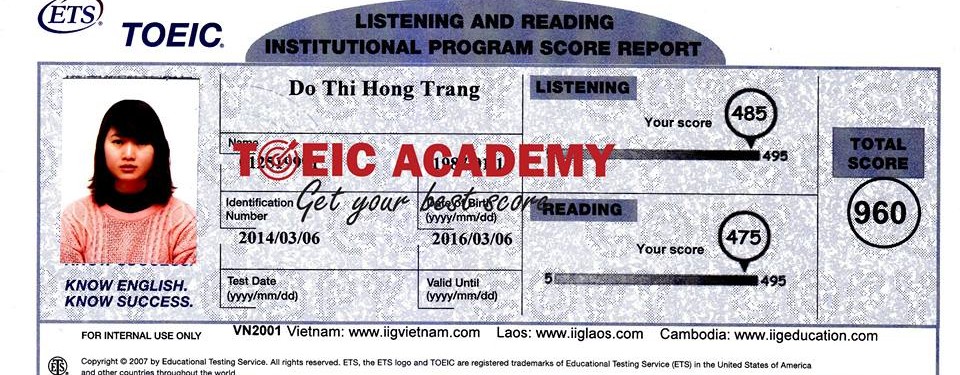

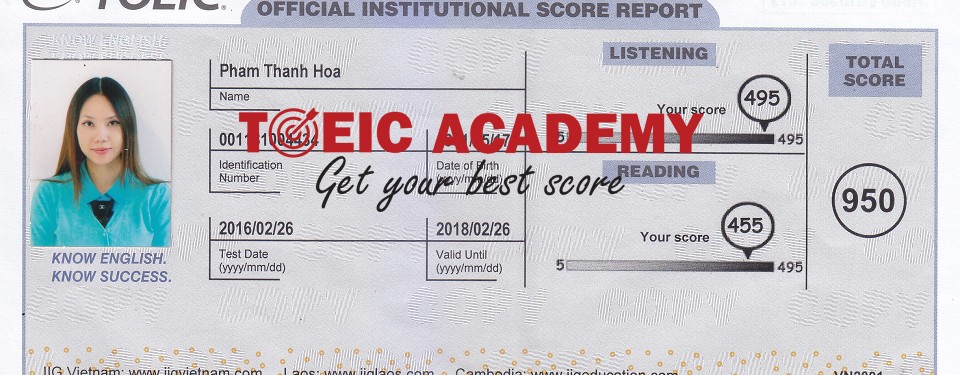
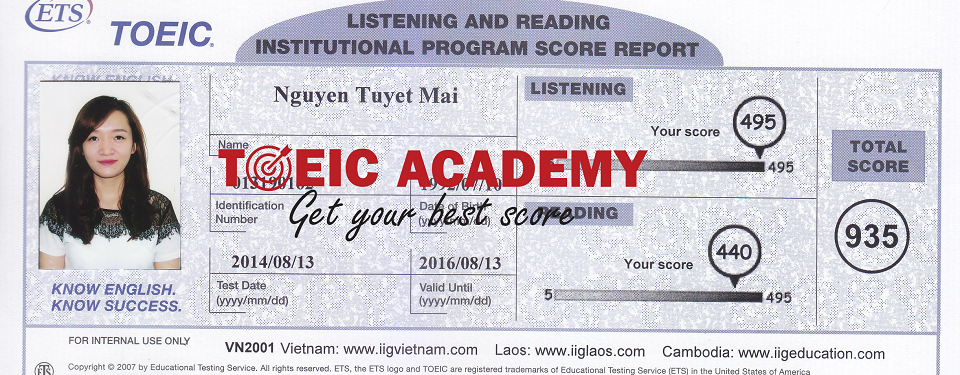
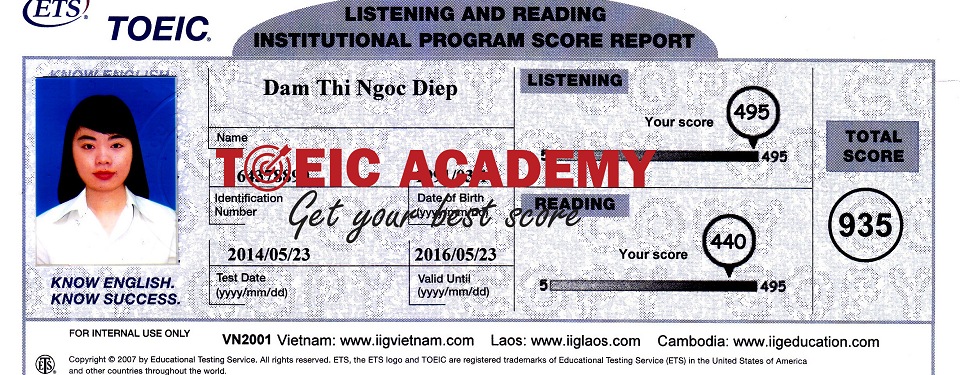
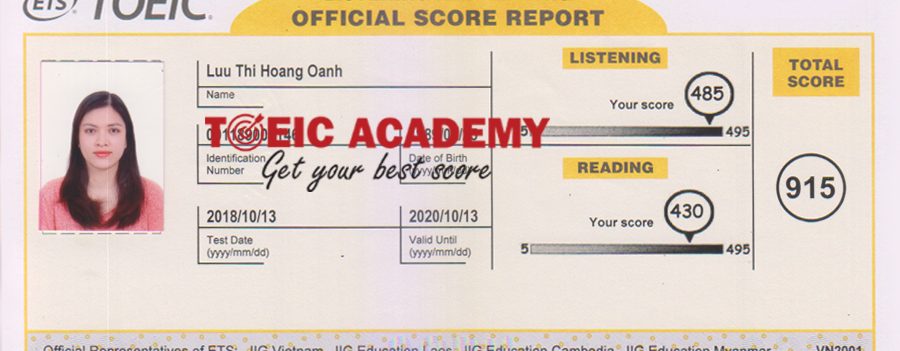























 Tháng Năm 7th, 2024
Tháng Năm 7th, 2024  Vui Nguyễn
Vui Nguyễn 

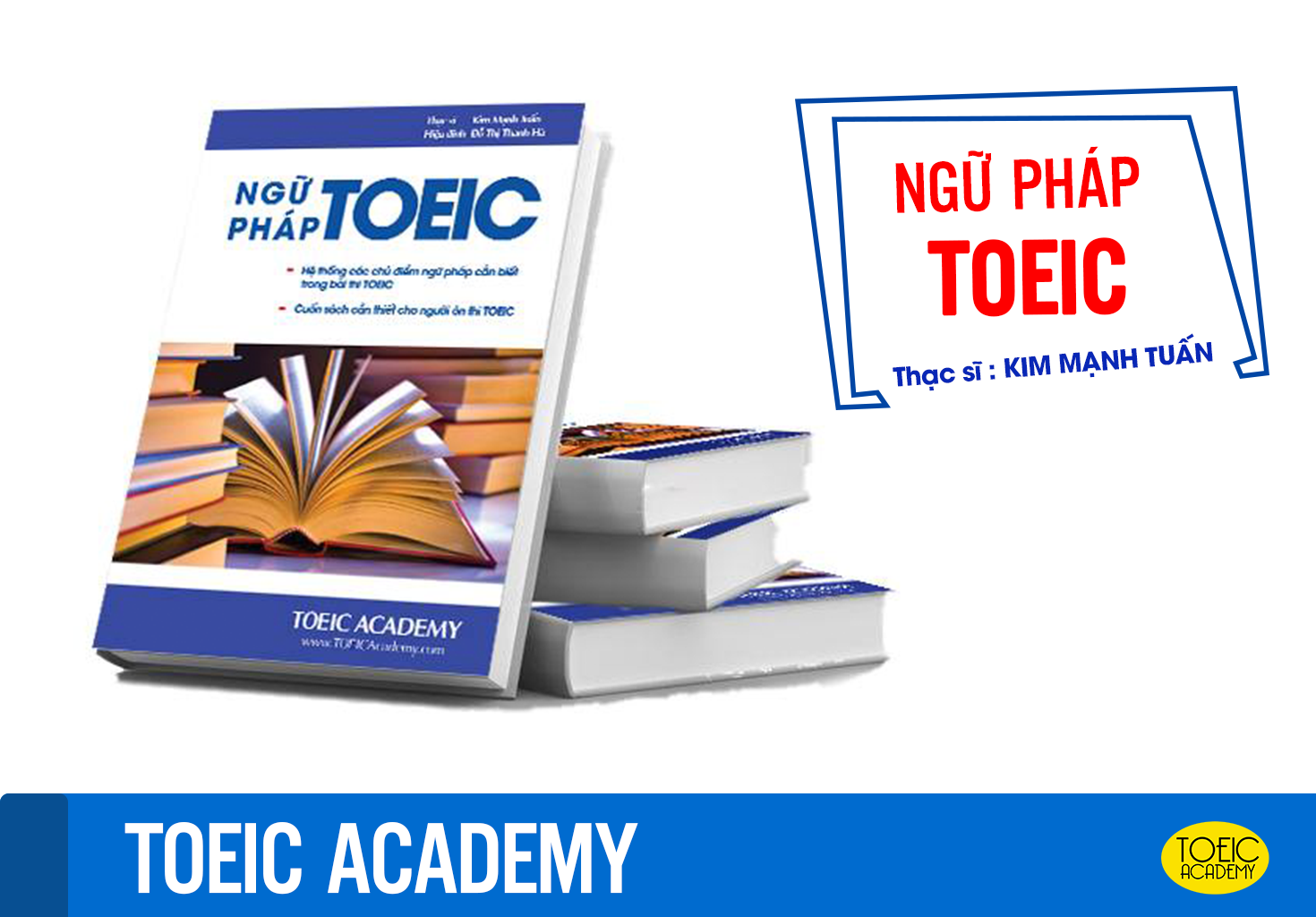

 Posted in
Posted in 




















Comments